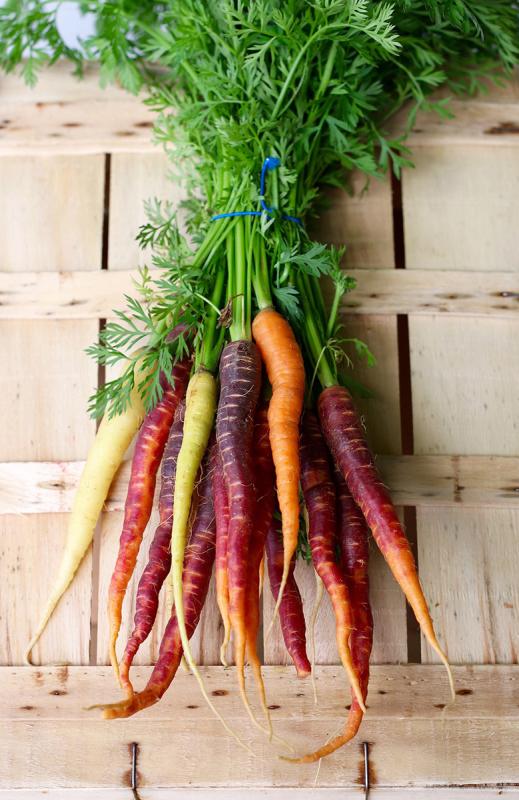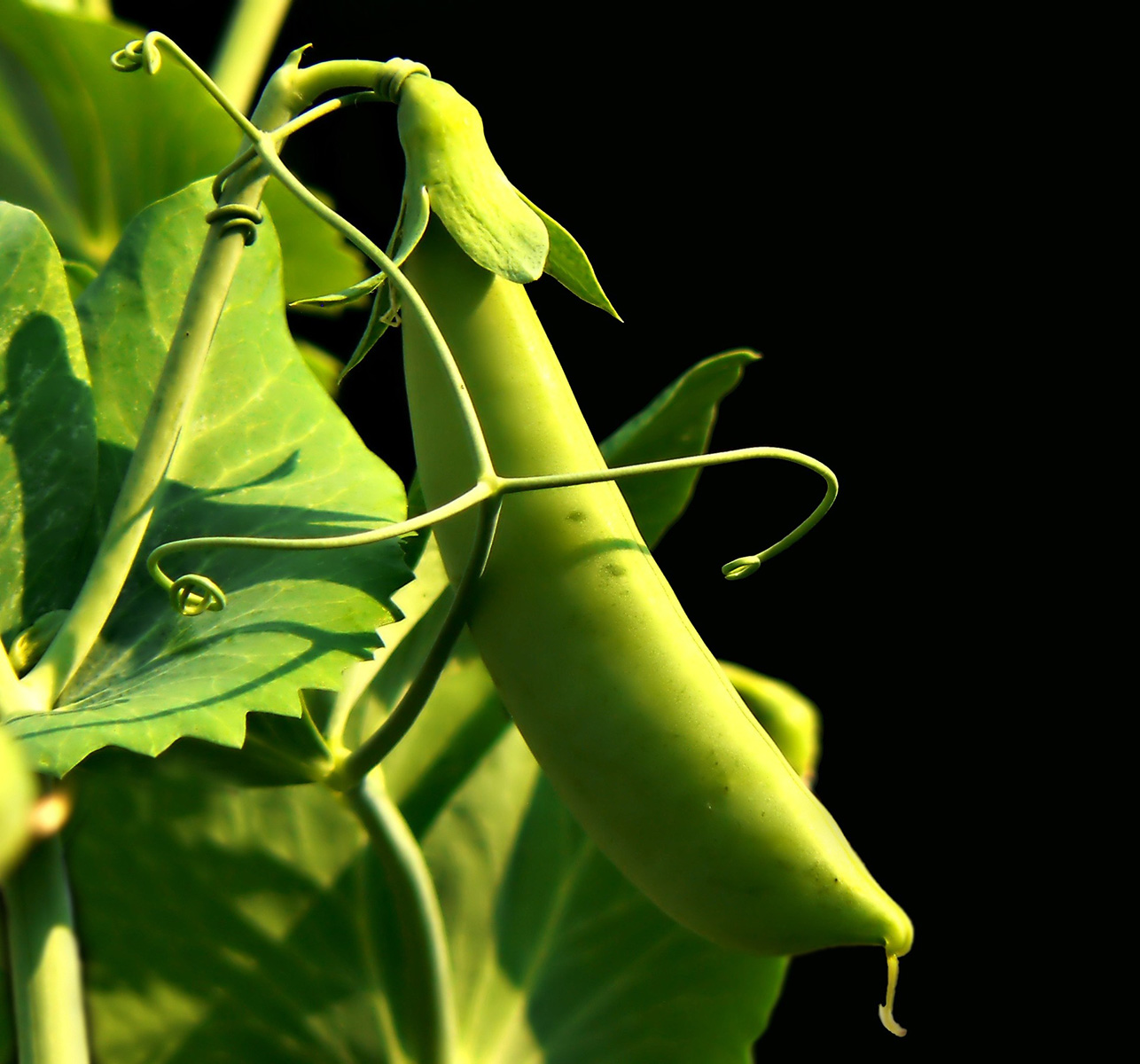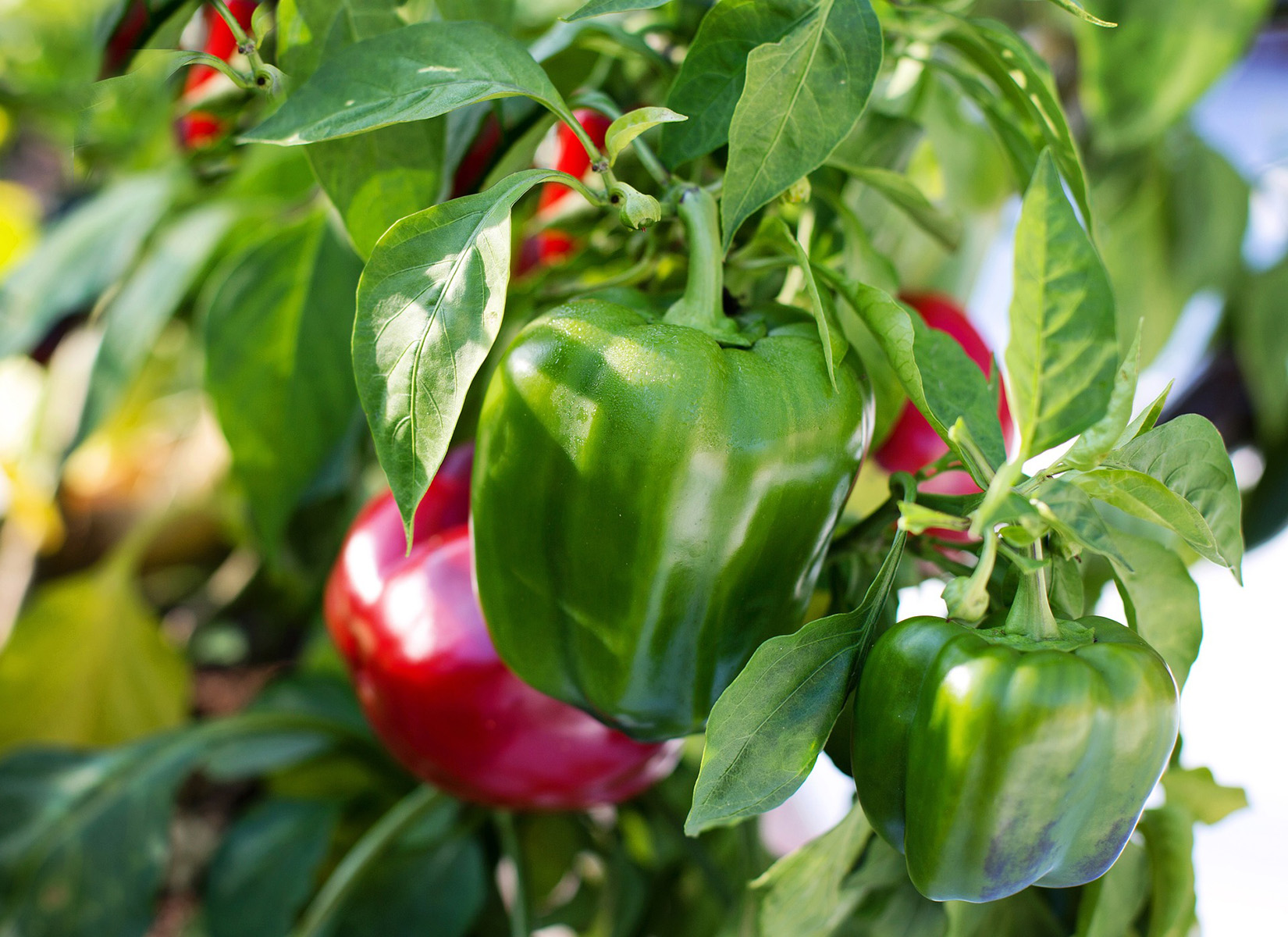
Is this the year you want to plant a home vegetable garden? If so, it's time to get your plan together for this summer's garden.
Home vegetable gardening is a popular hobby for a number of reasons. Some people garden for exercise and some for the enjoyment of harvesting flavorful produce that can be eaten fresh from the garden or preserved for use during winter. Others garden so they can grow a wider variety of vegetables than are available at their local grocery store. Finally, concerns about food safety are the motivation for others.
Regardless of motive, gardening can be as simple or as complex a project as you make it. However, careful planning can make gardening easier, more productive, and more enjoyable. In planning your garden, it is important to consider a few basics.
 “How big should my garden be?” This is an important consideration because a small, weed-free garden will produce more than a larger, poorly maintained garden. Use compact vegetable cultivars in small gardens to conserve space. Consider buying fruits grown on plants which take up a lot of space - such as watermelons, squash and pumpkins - at the farmer's market and utilize the space in your garden for multiple succession plantings.
“How big should my garden be?” This is an important consideration because a small, weed-free garden will produce more than a larger, poorly maintained garden. Use compact vegetable cultivars in small gardens to conserve space. Consider buying fruits grown on plants which take up a lot of space - such as watermelons, squash and pumpkins - at the farmer's market and utilize the space in your garden for multiple succession plantings.
Many vegetables can be grown in containers - creating a patio, deck, balcony or kitchen doorstep garden - and providing growing room for those without enough space for a vegetable garden. Look for plants advertised as bush-types or with a compact growth habit in garden catalogues or plant tags.
“What should I plant?”Tomatoes, both slicing and cherry types, are among the most popular home garden vegetables. Carrots, radishes, beans, peas and salad greens (lettuce, arugula, mesclun, sorrel) are some of the easiest vegetables to grow. Vegetable cultivars with unusual color or shape, like ‘Purple Haze’ carrots or ‘Easter Egg’ radishes, make gardening, and possibly even eating vegetables, fun for children.
For a list of some vegetable cultivars suitable for use throughout Nebraska, refer to Selected Vegetable Cultivars for Nebraska.
“What’s the best location?”Locate your garden in a level area with well-drained soil and a minimum of 6 hours direct sunlight each day, although 8-10 hours of direct sunlight are ideal. Avoid low spots or areas at the base of a slope or hill. Such areas are slow to warm up in spring and may collect water, staying too wet during rainy periods.
Make sure your garden has easy access to water and is close enough to your home for easy maintenance and harvesting. You may also grow plants in more than one location of your yard. A small garden near the kitchen door can provide herbs and greens for quick seasoning and salads.
If using containers, choose the largest as possible for your location. Providing your plants a large soil area for root growth will make them more vigorous and productive. Plus, larger containers dry out slower than smaller ones during hot weather when your plants are fully grown.
"When should I start planting?"Pay attention to soil temperatures. Determine your crop's preferred soil temperature and wait to plant until that temperature has been reached.
 “Do I only plant once in spring?"No, garden spaces can be planted more than once throughout the summer using a technique called succession planting. For example, an early crop is planted and harvested then the area is cleared and replanted for a second harvest. Sometimes there’s even time for a third crop in one season.
“Do I only plant once in spring?"No, garden spaces can be planted more than once throughout the summer using a technique called succession planting. For example, an early crop is planted and harvested then the area is cleared and replanted for a second harvest. Sometimes there’s even time for a third crop in one season.
For example, a spring crop of peas, lettuce, cauliflower or broccoli is planted and harvested in early summer. After harvest the ground is cleared and additional fertilizer incorporated in the soil. Then a second crop of warm-season vegetables, such as summer squash, beans, Swiss chard, or carrots, is planted.
As another example, 2 or 3 crops of lettuce can be harvested from the same garden space by double cropping.
Also consider staggered plantings with quick maturing crops like radishes, green onions or lettuce, to avoid a feast or famine of harvest in the garden. By simply planting a little seed every 7 to 10 days you can ensure a continuous harvest. As the earlier plantings are harvested, they can be removed and replanted.
For more information on vegetable gardening, a complete list is available at Nebraska Extension publications search for ‘Vegetable’.
Images from Pixabay.com.
- Peas are a cool-season crop which should be planted in early spring, when soil temperatures are between 40 and 75°F
- Peppers are a warm-season crop which require 60 to 85°F soil temperature for seed to germinate or transplants to grow well.